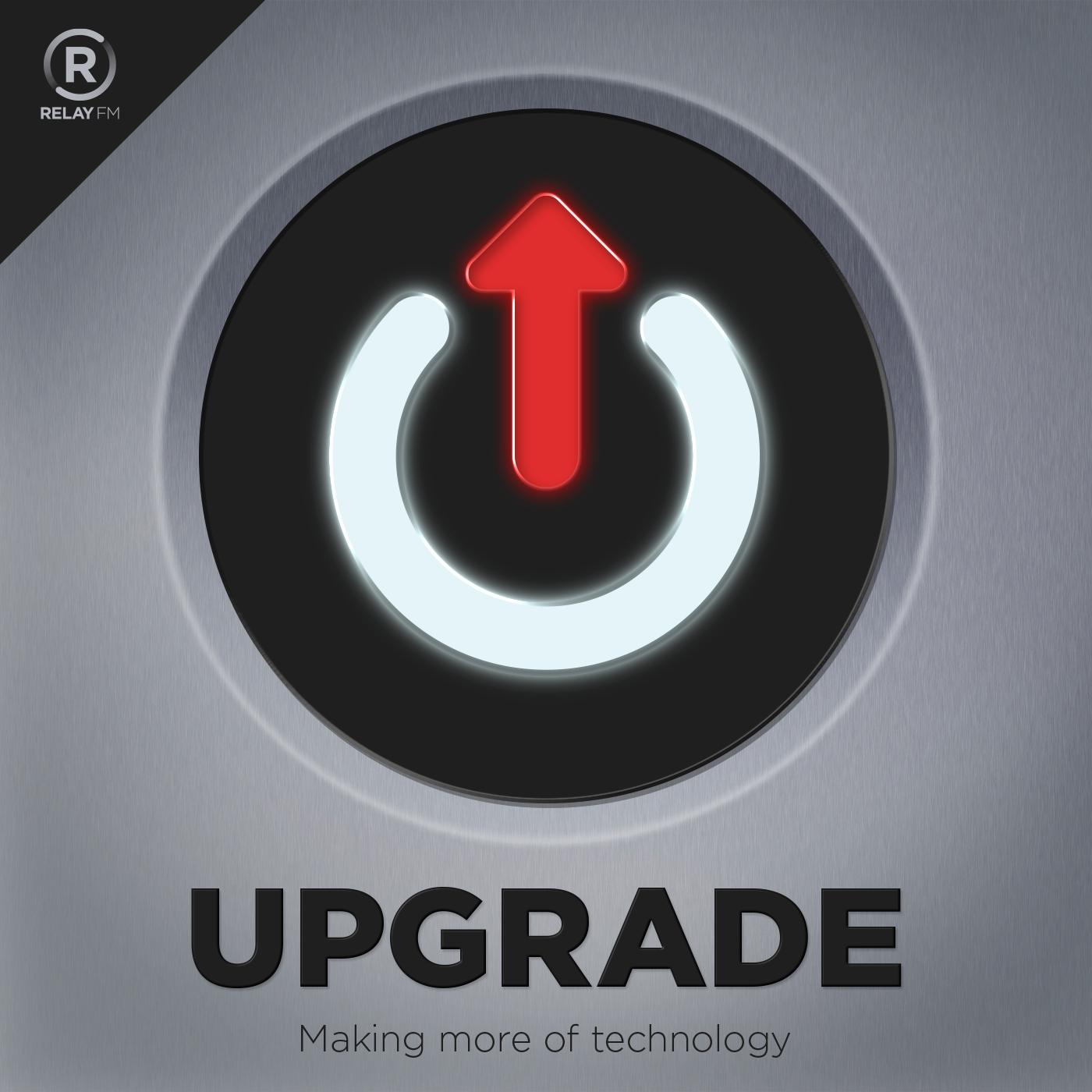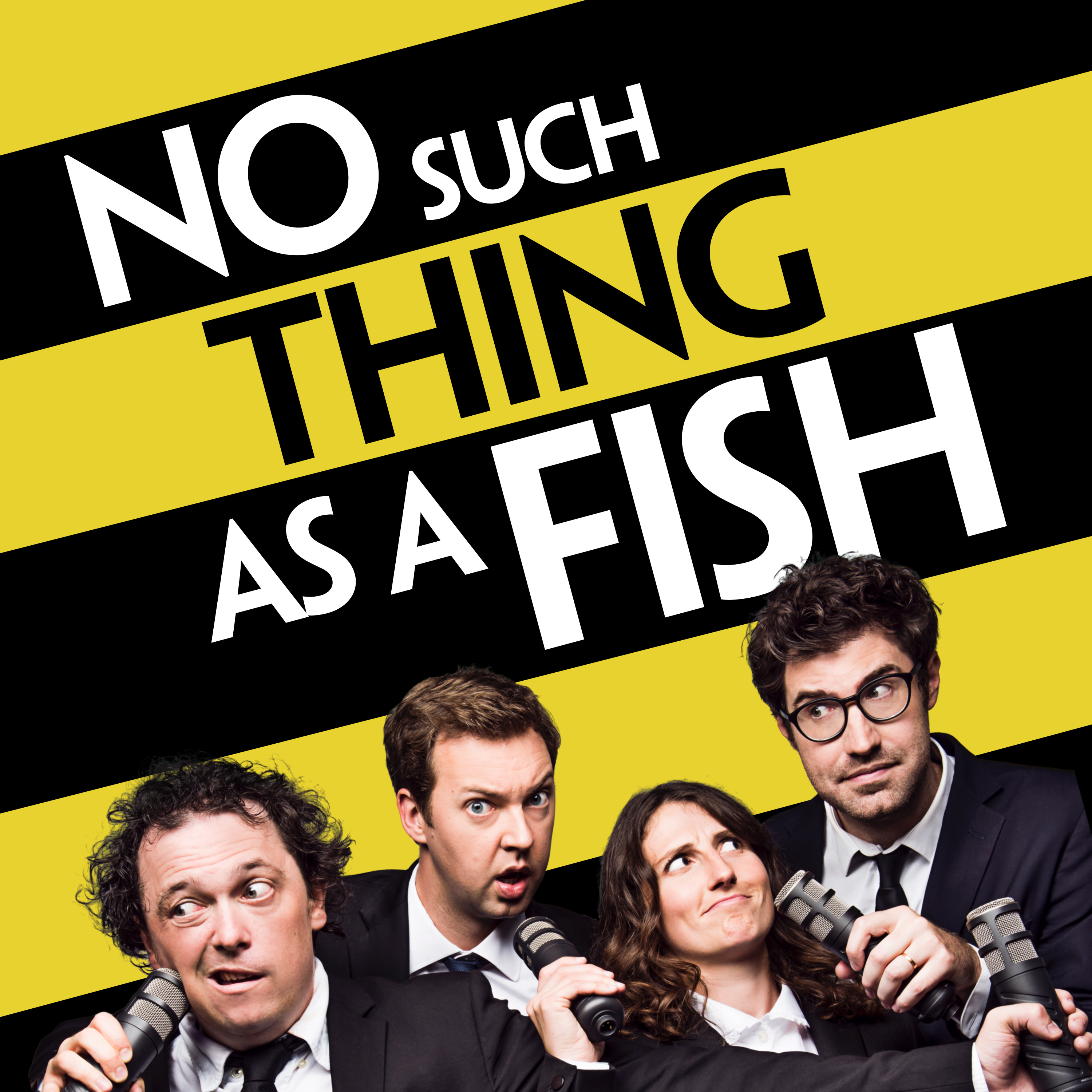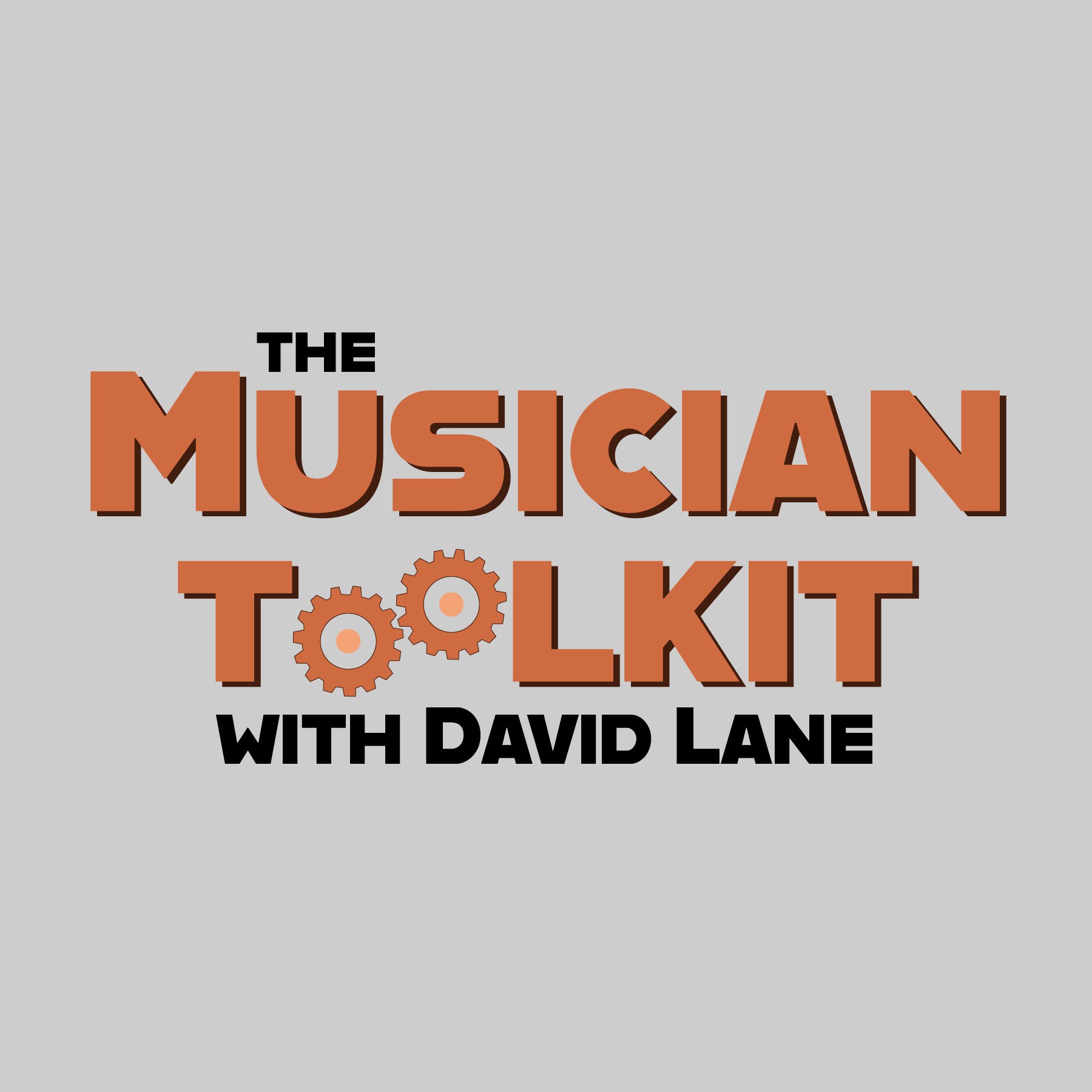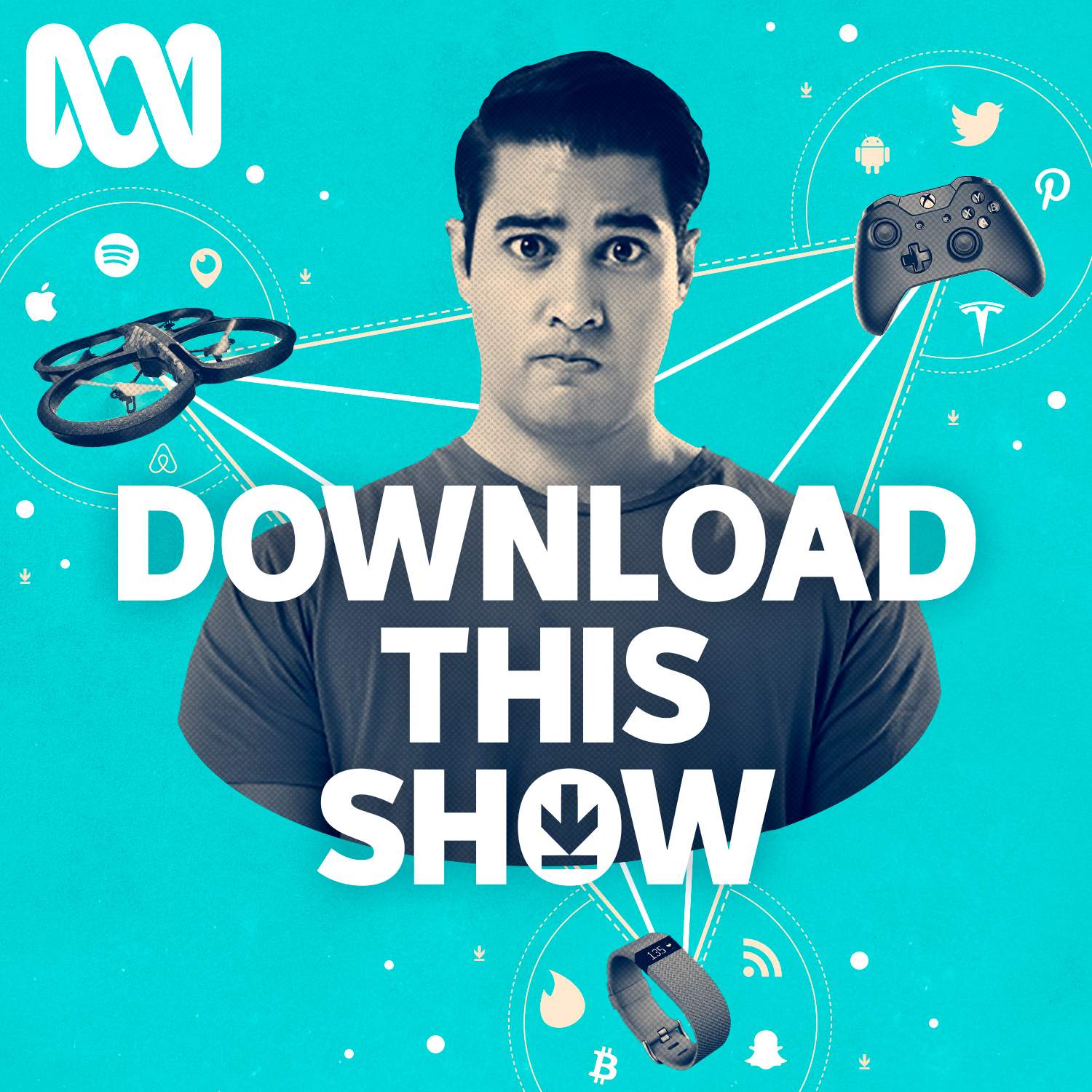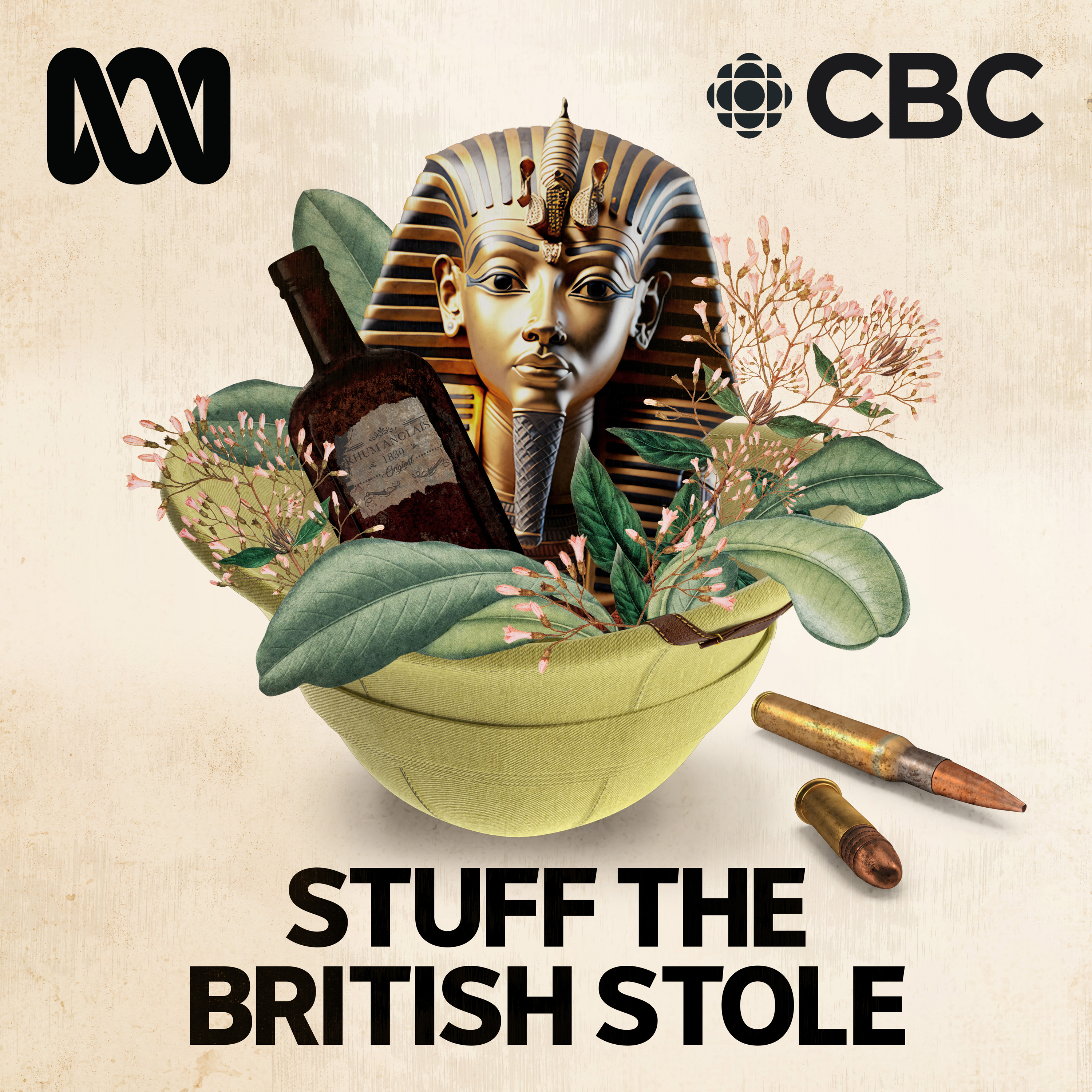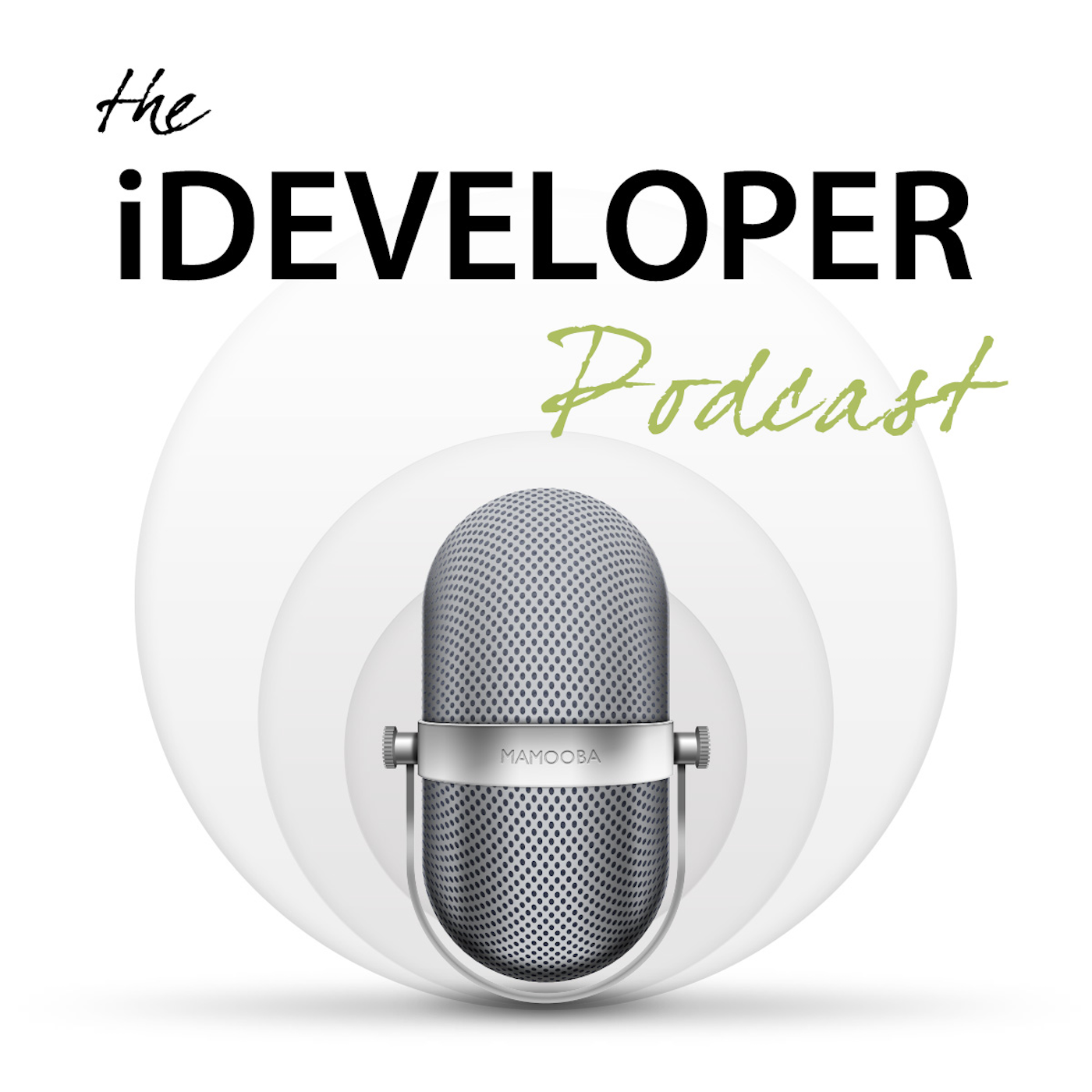
Piano, finally
Piano Finally is a podcast by an old bloke who is learning the piano, finally. I cover the process of learning the piano and music theory as an adult learner. I also review piano books, hardware and other materials from an adult learner's perspective.
Piano, finally
Episode 1 - Deciding to start
Ever thought about picking up a musical instrument as an adult but felt overwhelmed by the commitment? Join me, David Reidy, as I share my personal journey of diving into the world of piano playing in this heartwarming episode of "Piano, Finally." Discover the key moments that led to my decision to start and how I've managed to fit two lessons on Mondays and daily practice sessions into my hectic schedule. You'll uncover the intriguing connection between my love for music theory – inspired by Douglas Hofstadter's "Gödel, Escher, Bach: An Eternal Golden Braid" – and my choice of Bach's Crab Cannon for our podcast's opening tune. Plus, I'll share actionable tips on how I carved out time for practice by minimizing distractions like YouTube.
In the second part of the episode, I dive into the essential tools and resources that have supported my piano learning adventure. I recount the joy of purchasing my first piano keyboard and the invaluable insights from the Nancy and Randall Faber Adult Piano Adventures book, which has truly made learning accessible for beginners like me. As I reflect on my current practice progress with Samuel Arnold's Gigue piece, you'll hear about the challenges and milestones I've faced along the way. Whether you're a seasoned pianist or just an adult curious about starting, this episode offers an honest and inspiring glimpse into the fulfilling world of adult piano learning.
Links:
Adult Piano Adventures Book 1 by Nancy and Randall Faber
https://amzn.to/3VnPRA1
Piano Tips with Stefan Wyatt
https://www.youtube.com/@pianotips2623
Getting to Grade One – Edited by Elissa Milne
https://amzn.to/3yNaayg
You can contact me:
- via email at david@pianofinally.show; this is probably the best option
- the show website, www.pianofinally.show
- Instagram and Threads @pianofinally
- and on YouTube
- all the podcast directories - list
- here's the RSS feed
Some of the links to books and other items mentioned in the podcast are affiliate links for Amazon or other providers. If you use one of these links, a commission may be paid to me at no additional cost to you. Thank you if you use a link.
All reviews of products, websites and services are unpaid, and no sponsorship has been received for any content on this podcast.
G'day everyone. I'm David Reidy, and welcome to Piano. Finally, a podcast by an old bloke who's learning to play the piano finally. Well, welcome to episode one. This one's entitled Deciding to Start. Thank you very much to everyone who downloaded and listened to last preliminary and the introductory ones episode, the preliminary, if you like. This is a real first episode and sort of is going to be in the format that at least I'm going to begin with. It may well change in the future. It did last time, so I'm going to start with what I've been doing during the week.
David Reidy:I have two lessons on Mondays, one for half an hour and one for three-quarters of an hour, which certainly keeps me busy after work. I do get to practice, at least every day. I do that by getting up early, about 40 minutes before I need to leave, so I can fit about half an hour of practice in before I leave the house. So generally, during the week, I'll get in about three and a half hours in the morning and probably another two, two and a half hours in the morning, and most evenings I'll get a half an hour in, unless I'm late home. For example, Fridays is the debating team and I run that, so I'm at that and if I'm not too tired. Last week I promised I'd explain the music that I use at the beginning. I don't know if you've recognised it. It's the last three bars of JS Bach's Crab Cannon or it's the first three bars played backwards, take your pick. The reason I'm using it at the moment is it's possibly one of the bits of music that really got me interested in musical theory.
David Reidy:Back in 1979, a book called Gödel, Escher, Bach: An Eternal Golden Braid came out. It was written by Douglas Hofstadter and sometime in the next year or two, while I was starting at university, it got recommended to me and I read it. At that stage I was doing physics and advanced mathematics and things, and it turns out, of course, that there's a lot of maths in music, especially a lot of maths in Bach's music. So it sort of fitted in nicely. I wasn't playing any instruments at the time, but I was still interested in the maths and the way that interacted with the music. So while I was at Mount Stromlo Observatory working over the summer of 1982 and 83, I read a lot of Hofstadter's other works because they had them in the library. They had a full set of Scientific Americans and he used to write for those and Daniel Dennett's work. He was writing for them at the same time and that's really what got me interested in music theory. So, even though I wasn't playing anything at the time, but I've kept that interest and hence the selection of a bit of Bach for the beginning of the podcast.
David Reidy:That may well change and incidentally, I don't play that. Well, I do play it. I played it on a keyboard, just not on a piano keyboard. I played that one on a computer keyboard and I'm using MuseScore and a fortep iano to play it. The goal is to learn to play the piece myself and not put me in at the beginning of the podcast instead of a MuseScore recording. Each episode is going to have a theme and as this is the first real episode, I decided to start at the beginning. So this week I'm going to have a theme and, as this is the first real episode, I decided to start at the beginning. So this week I'm going to talk about deciding to start to learn to play the piano when I'm slightly past the age where your mum tells you you're going to be learning to play the piano, or somebody else tells you at school you're going to be learning it. So my biggest barrier to starting learning the piano as an adult was making the decision to start at all.
David Reidy:The number one problem that I thought I had, and which I've heard from many other adults, is that there is simply not enough time to do things. Now I still work full time. I teach, as I've mentioned before. It keeps me very busy and sometimes work does fill up all my available hours and I really don't have any spare time, especially when it comes to marking and things like that and report writing, which, in fact, is happening over the next two weeks. But that only happens a few times a year and most of the time work stays within work hours, which is handy. But everybody fills up their time Firstly with all those things you have to do, and then with the things you probably should do, like mowing the lawn and those sorts of things that don't always need to be done, but you're going to get to them eventually. Then you can do the things you like to do. And then there's all the filler material. I'm not including sleep time. So filler material has become much more accessible in recent years and that's why I think it's become a bigger problem.
David Reidy:In the past, at the end of the day, when you've done everything else, you might sit down to watch a tv program back when tv was broadcast at set times and you had to be sitting in front of it. But now you can can watch TikTok or YouTube and fill in the wait for a bus or lining up in the supermarket. And, of course, once you start watching those, it's very easy for them to leak into other times when you could be doing other things. In my case, I keep finding lots of great things to watch on YouTube, but I've been able to cut that down a bit through telling myself I really shouldn't be watching all the stuff on YouTube. I still watch YouTube for a lot of good things to do with work and to do with piano, but I've cut out a lot of the just watching it to see what's going on. So my first step was to work out that if I cut down on random YouTube watching, would I have enough time to get some practice in each day. And yes, and I know from teaching that lots of small amounts of practice are much better than occasional big blocks. Now if I could just convince my students of that and get them to revise throughout the term rather than just before the exams. I would be a much happier teacher. So I decided I could fit in half an hour a day, with another half an hour sometimes.
David Reidy:The next barrier, though, was getting an instrument to learn on. Pianos are expensive and they're difficult to move, so a keyboard of some type was going to be the best choice, starting at the affordable end. There are two choices A quite cheap keyboard that doesn't have all the features you need to learn properly, or you can spend more money and get a better unit that is closer to a real piano. The problem is that the better solution is two or three times the price and, while affordable, I didn't want to spend the money and then find out that piano playing was not for me. A solution presented itself. The three youngest members of my family are aged two, five and seven, and I firmly believe that all children should have access to a musical instrument and that they should learn a second language and run around outside a lot and lots of other ideas. In this case, I thought that if I didn't take to piano playing, the keyboard I bought would make a perfect gift for them, and if I did like playing I could still give it to them and buy myself something else. That's a story for another episode.
David Reidy:So one afternoon I was driving past a large piano shop and I thought I'd pop in to see prices and check availability. This shop mostly sold Roland electric keyboards and lots of traditional upright and grand pianos too. I knew to ask for a keyboard with 88 full-sized keys that was progressively weighted. I got that from watching some of those YouTube videos. Dorman in the store showed me the Roland FP-30X, which was available with a proper stand and with three pedals rather than the cheap standard one, and with three pedals rather than the cheap standard one. Perfect for a beginner learner, whether that beginner learner was 61 or 5. I'll review that keyboard in a future episode.
David Reidy:Wasting money is not a great thing to do. Wasting resources is worse, but knowing that there would be three other pairs of hands to use the keyboard was comforting. Having that fallback position of being able to give the keyboard a good home if things didn't work out made the purchase decision much simpler. As you can hear, I found that I really liked learning the piano and my fingers still work well enough to manage the mechanical aspects of playing. The plan was that the keyboard would be a Christmas present this year, but other factors have come into play, so I'm taking it north to its new home in the July holidays. I'll let you know how it's received.
David Reidy:One of the things that I'm a bit of a sucker for is buying books. I sort of don't count spending money on books as spending money, which sometimes turns into a problem, but anyway. So having decided to learn the piano, this opens up a whole new range of books to buy. So the first thing, of course, I did was to look at adult piano courses. There are lots and lots of kids piano courses and there's a few good adult ones, and I have bought more than one of them. So what I'm going to do is, in each episode I'm going to review something that I have bought, usually a book, but I've been buying some gadgets as well, so I'll talk about those and, of course, the keyboard that I first bought and the keyboard that I now use. So the first one I bought was the Nancy and Randall Faber Adult Piano Adventures book. They have an all-in-one piano course which is spiral bound, and I knew to get something that was spiral bound, if you possibly can, because it sits open much better and it's fairly easy to pick up. Pretty much every music store I've been into has a copy of these books.
David Reidy:There's a series of books. There's a first and a second one. I have the second one as well, of course, and I'll review that later. I actually haven't even had a proper look through that one yet. The nice part about these is their production value is incredibly high and with the favours, not only do you get the book, but you also get access to audio and video tracks via mobile devices and the internet, and that just comes with the book. You're not paying any additional for that at all, which is which is great.
David Reidy:It starts off very, very simply, so you'll probably hear some page turning noises as I'm doing this. This is a very quick introduction to the piano, how to sit at it, what all the bits are called labelling for your hands and stuff, just so you know what they're talking about as you're doing it. And it moves fairly quickly into actually playing music, which is nice. I mean, you've got the piano, you've got the book, you want to play something. It begins, however, without expecting you to be able to read music. It does it by numbering the keys. In this case they start with Amazing Grace, which is played entirely on the black keys. They simply number them three and two for your left hand and one, two, three, five for your right hand and you play the numbers. Basically they do move them up and down so you can see how the pitch changes, but realistically, after a minute or two you should have a recognisable tune coming out of the piano, which is probably a really good place to start.
David Reidy:Interestingly, at the bottom of both pages there's a teacher duet which I would assume if you're not used to reading music, is a bit scary. The piece has six flats in it for the accompaniment. Of course, you're not meant to play the accompaniment and parts throughout the book are like that all the way through. So although the book is designed to be used with a teacher, it is good enough to be able to be used alone, especially as you've got the support of the videos and the audio. And the other thing is this book is so well known that there are a number of independent YouTube channels that cover learning with this book, so it's very easy to get a lot of the support.
David Reidy:It moves very quickly through the length of notes. So it goes through minims and crotchets fairly quickly. It goes through naming the notes and the treble and the bass staves a little bit more Merrily. We roll along, not the Stephen Sondheim version, a different one, and eventually, by the time you are at a roundabout page and I'm just flipping through to find it 28,. You start to see the grand staff and mapping that to the keyboard. Although it does like three or four octaves, they don't expect you to play those very much.
David Reidy:To begin with it's hands on, starting at middle C, a little bit about time signatures so you can keep in time. And then the first real piece of music is Yankee Doodle Dandy and it's written out with the letter names inside the circles on the notes. So again, after very little practice it's possible to get things sounding okay. It then goes to row, row, row your boat, and then one that actually uses pedals, and I'm not playing the pedals myself yet, but there is a pedal piece. I've put the pedal down at the beginning and hold it all the way through, but, um, I've been doing very much with the, with the pedals at all. It then moves on into further ones where they're introducing new rhythms and a slightly wider range of notes.
David Reidy:The book is divided into units and I'll flip back to the table of contents. There are 16 units, uh, starting, as I said, with all that, that stuff at the beginning, just to get you going. But then it starts moving on to the different scales the treble C pentascale, the G pentascales, eventually introducing sharps and flats, and then intervals and then the full C major scale, then into chords, with G7 and C major chords and the G major scale and it ends up with the primary chords in G major. There's lots and lots of stuff in here to play and it keeps coming back. So, for example, amazing Grace turns up a number of times in the book, getting more and more complex as you go. And then there's Addiction and everything at the back.
David Reidy:I found it very easy to read, very easy to understand. If anything, I found it a little bit slow, but then, as I said, I came in knowing a bit of music theory. But it seems to be a well-paced book and with all the additional backup that you've got, both from the book itself, with the videos and the audio and with all the YouTube online examples of people teaching from this book, there's a lot of support for someone who wanted to get this and start learning by themselves without the support of a teacher to begin with. So that is the Nancy and Randall Faber Adult Piano Adventures course. In Australia it's less than $30. So it's not very expensive. It's quite a thick book it has a good few hundred pages and nice and sturdy and, as I said, it has a spiral binding which makes it so much easier to use sitting at the piano. So I would recommend it.
David Reidy:I got a little way through it before I moved on to having a piano teacher, but I've still got it and I still look through it occasionally and there's dozens of songs in there that you can sort of pick out that aren't too hard. There's an Amazon affiliate link in the show notes. If you're interested, even if you don't buy it just pop over and have a look. Well, as I said earlier, I sort of like watching things on YouTube, so one of the things I intend to include in most episodes is something else you can watch or listen to that's of interest. There's hundreds of them and there's lots of really, really good things, and if you search on YouTube, you'll have no trouble finding things to watch. I'm just going to pick a few things that I have found interesting, which I've learned things from. This week's recommendation is a YouTube channel called Piano Tips. It's run by Stephen Wyatt.
David Reidy:He's a piano teacher who works out of Glasgow. He does online teaching and things, but he does a huge number of very short instructional videos. At the moment he's working through all the Churney 599 exercises. There's 100 of those. He started at number one. He's going all the way to 100, explaining how to play each of them as he goes. I think he's getting close to number 20. They come out two or three times a week at the moment, so he's doing a really good job. These are short pieces that they're public domain, so it's very easy to get the score if you want to get the score. He also has a published version of the score, but he shows you how to play them. He also does that for exercises and pieces from lots and lots of other places and some technique stuff. He's very clear in what he's talking about. The video quality is really good so you can see exactly what he's doing at the piano. He has the occasional live stream as well where you can pop on and ask him some questions, so I would recommend. If you're looking for certainly a beginner-friendly, beginner to intermediate-friendly channel where there are certainly things you can learn from Stefan, pop on over to Piano Tips on YouTube. I'll put a link to that, of course, in the show notes.
David Reidy:Well, that's it for episode one. Thank you very much if you've stayed all the way to the end. If you'd like to contact me, email is possibly still the best way. David at piano finally dot show is my email address. Piano finally is all one word, and the website for the show where you'll find some useful stuff and the show notes, if they're not coming up in your podcast player, is wwwpianofinallyshow, and you can find me on Instagram and threads. As at Piano Finally, it would be nice. If you want to get in contact, let me know what you like, let me know what you don't like. If you'd like me to do something in particular, please let me know. So that's it for episode one. Next week I will be back with episode two, all things going well and I hope you'll join me for that as well. So, until the next episode, I hope your piano stays in tune and you enjoy your time at the Keys.
David Reidy:Here's a piece I'm working on at the moment.
David Reidy:It's a gigue by Samuel Arnold, who was around from 1740 to 1802, from page 12 of Getting to Grade One, a book of pieces edited by Alyssa Milne and published by Hal Leonard Publishing.
David Reidy:There's an Amazon affiliate link in the show notes, so I'm not playing the whole thing yet. This I've only been working on for a week and a bit. The correct speed is 96 dotted crotchets per minute. I think I'm at about a third of that at the moment and I'm just going to play the right-hand part. The left-hand part is coming along, but I'm still slow at translating bass clef notes into the keys on the piano. I'm working very hard at that, so I hope that by next week I'll be able to play it, probably still very slowly, but I'll be able to play it. Probably still very slowly, but I'll be able to play it with both hands. Do not feel obliged to listen to this. I'm, as I said before, putting it in mainly to keep myself honest with my practice and it gives you a bit of a record of how I'm going. So Gigue by Samuel Arnold, right hand, only far too slow, thank you.





